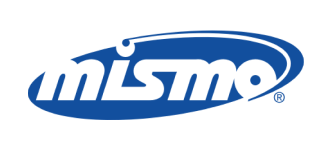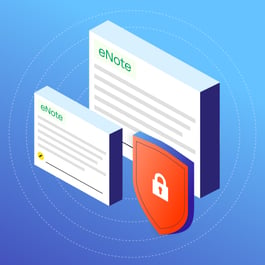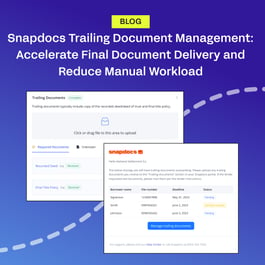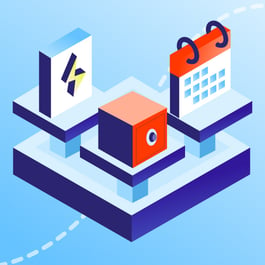The benefits of eClosings far outweigh the time and resources that it takes to implement them. Lenders who haven’t adopted digital closings are now playing catch-up to competitors who were early adopters. It’s not too late though. By starting your transition today, you’re equipped to compete with tech-savvy lenders, efficiently close more loans, and meet borrowers’ expectations for a digital mortgage closing.
Before you create your eClosing strategy, it’s important for you and your stakeholders to understand what an electronic closing involves. This will prevent confusion as you start having conversations with investors and settlement partners, in addition to your internal teams.
You’ve likely heard the terms “digital closing,” “hybrid closing,” and “eClosing.” They’re often used interchangeably. However, they each have different meanings. Hybrid closings and eClosings are types of digital closings. We covered hybrid closings in another post, and we’ll lay out what an eClosing is and how it works here.
What is an eClosing?
Let’s start with the definition of an eClosing. An eClosing is a mortgage closing where the entire process is completed electronically and the loan package is digitized, eSigned, and eNotarized. This includes the eNote, which is an electronic promissory note.
Since everything is done digitally, the closing appointment can happen in-person or remotely via audiovisual technology. Once completed, the necessary documents are electronically transferred to and recorded by the county, which is known as eRecording.
How do eClosings work?
The initial steps for an eClosing are similar to that of a hybrid closing. Where the two differ is when it comes to the documents that are electronically completed and how the closing appointment occurs. This is because there are no ink signatures or notarizations in a fully electronic closing.
Here’s how eClosings work.
1. Information and documents are transferred to the eClosing platform
Loan information and closing documents are transferred from the lender’s LOS and/or document preparation provider into the digital closing software.
2. Documents are annotated
The loan documents are annotated with fields for eSignatures, eNotarizations, dates, initials, and anything else that needs to be filled in.
3. All parties have visibility into the closing and the borrower eSigns some documents before the closing appointment
Once the digital documents are ready, the lender can loop in the settlement company and the borrower so they have visibility into the progress of the closing. The borrower is able to review the closing package, ask questions, and eSign some documents before the closing. The settlement agent coordinates the closing appointment, which can take place in-person or remotely.
4. The remaining documents are eSigned and eNotarized during the in-person or remote closing appointment
During the closing appointment, the rest of the documents will be eSigned and eNotarized. There are two types of eNotarizations available: in-person electronic notarization (IPEN) and remote online notarization (RON).
If the closing happens in-person, IPEN is used. RON eliminates the need to meet in-person, so this is when the closing can occur remotely. During a remote online notarization eClosing, the borrower logs into a secure platform, authenticates their identity, and virtually meets with their settlement agent or notary signing agent. Using two-way audiovisual technology, like a webcam, both parties can see and communicate with each other. They can also view the loan documents and eSign and eNotarize them.
5. The completed package is immediately available to lenders and settlement
After the closing is completed, the executed files are immediately available to the lender and settlement company for post-closing and funding.
6. The eNote is registered and stored
The eNote is registered with MERS® and stored in an eVault. The lender will electronically share the eNote with necessary parties and, if needed, transfer the eNote between eVaults.
7. Documents are eRecorded
Finally, all necessary documents are electronically sent to the county recording office and eRecorded. After eRecording the documents, the county electronically sends the recorded documents back to the settlement company.
The concept of an eClosing isn’t complicated. However, the process of getting to the full eClose is complex. It’s important to understand stakeholder requirements, how to overcome common challenges that you’ll face during implementation, and how to choose a digital closing solution that sets you up for success. You can find all of this and more in our comprehensive eBook, The Definitive Guide to Digital Closings.
If you’re ready to implement eClosings, you want to select a technology provider who acts as a partner and helps guide your business through implementation. With many eClosing platforms available, it’s important to go in with a strategy for whittling down candidates. Watch the “Choosing an eClosing solution: A lender’s roadmap to picking the right partner” webinar to hear how KS StateBank selected their digital closing solution and how to differentiate between all the technology options on the market.


















